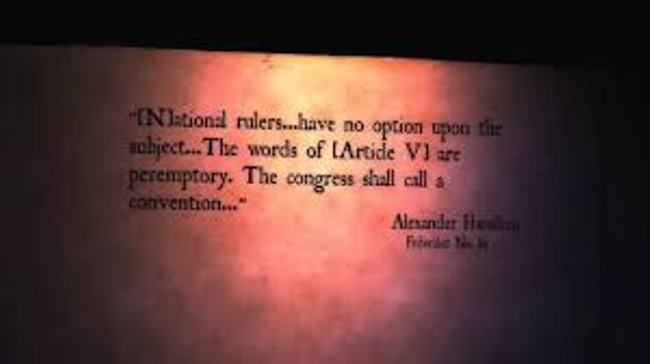In this short essay, constitutional historian Rob Natelson thumbnails the three-centuries long history of “conventions of the states.”
When delegations from the states assemble in Phoenix, Arizona later this year, they will be basking in a long and rich American tradition.
As far back as 1677, British colonies in North America sent “commissioners” (delegates) to meet with each other to discuss common issues. These gatherings were essentially problem-solving task forces. That is, they were temporary assemblies charged with proposing solutions to prescribed problems.
During the colonial era, most conventions met in New York City, Boston, or Albany, New York: Albany was popular because it was close to the homes of the Iroquois tribes, who frequently participated. However, one of the most notable conventions occurred in Lancaster, Pennsylvania (1744).
The convention agenda was always set in advance. It sometimes involved common defense against hostile Indians or against French Canada. Often, the colonies convened to hammer out treaties with Indian tribes.
“Convention” was not the only name for these conclaves. Occasionally, they were called councils; more often congresses. (In the international practice of the time a “congress” was a diplomatic meeting of governments on equal terms.) . . . . .
For the entire history click here.








